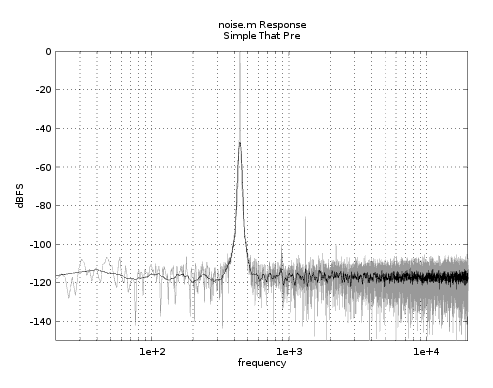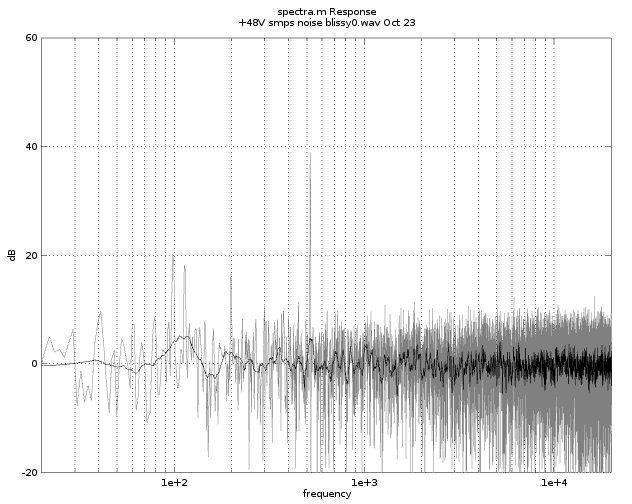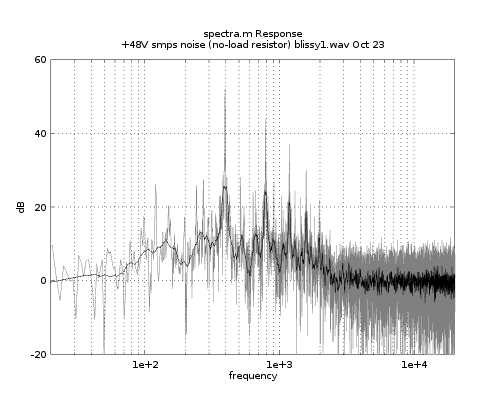squarewave said:Hi Blissy,
You don't need heat sink pours for the smaller transistors. They should be thermally coupled to the larger transistors which are also handling literally 100x the power of the small ones. So do like I said before and just put them on top. You should create a nice collector pour for them but maybe only 1/4 of the area of one of the larger transistors.
Ah ok got it sorry misunderstood! will fix up Thanks
So is there solderable copper exposed to the tab of the large transistors? Or are you just going to bolt them in? I would make that a plated hole so so that you can get a really good thermal bond with a bunch of solder. Otherwise, if you use a bolt, you might need some thermal paste or something like that which I always thought was messy.
Will add
Also, it now occurs to me that the big speech I made about all-things-ground converging at the same point is being thwarted by this separate board. This board is now providing the "star" ground point. So you really need to move all of those spades over the the center of the board. Even if it means bending a wires from the middle of this board to an offset location of the other. Then make a ground pour down the middle, above and below stitched with vias and get all of the spade terminals and caps close together.
Ok I thought this might be the case, So just to confirm do you mean all of the Negatives of the Modules as well ? (conx2,3,6) or just all the AGND spade connectors need conform to the centre of the new PCB and a single wire will connect the New PCB to the old one ?
Connector 2,6 and Conx14 from the old PCB need to all move to the middle of the via stitched GND of the CM board with a wire snaking from Conx6 down to the old PCB.
Where the 3 wires (+17,-17 and AGND) all come off the board, where it goes out AND where it comes in from the other board, the wires need to be close together. The rule is that you want return currents in close physical proximity to source currents. We talk about that all the time here. It's very important. If you have a gap between the wires, it will emit electromagnetic radiation that will be picked up by nearby amplifiers. So you have to move those spades over.
Thanks Squarewave I hope my post makes sense!





